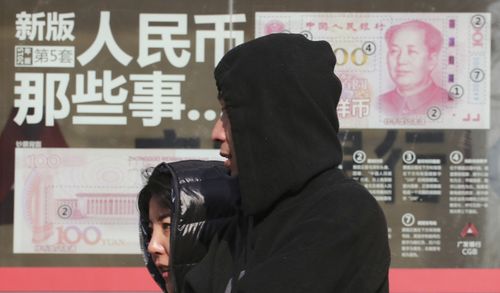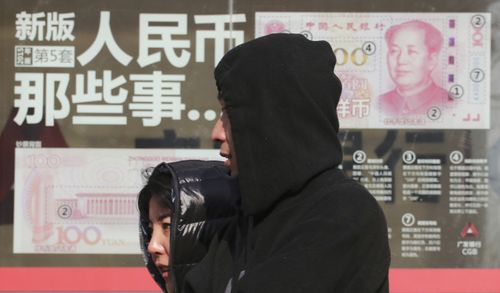Share this @internewscast.com
According to some unreliable parts of the internet, it seemed like China made a drastic move against cryptocurrencies by banning them last weekend.
However, this information wasn’t accurate or timely; indeed, China had already imposed a ban on crypto trading and mining way back on September 24, 2021 – which was about 1409 days ago.
But if you zoomed out just slightly from the Chinese mainland, then there was a genuine development.

As Yeung explained, even if Beijing eventually permits it, a stablecoin in isolation won’t lead to dedollarisation – many other factors will play a role.
“Some observers think it could help,” he wrote.
“But it’s likely any currency diversification will depend on the popularity of the yuan, rather than any one technology…
“If China aims to reduce its foreign reserves in $US, then stablecoins supported by currencies other than the yuan are viable alternatives,” said Yeung.
“The issuance of yuan-backed stablecoin requires sufficient high-quality liquid assets.
“This may be constrained by the issuers’ ability to access renminbi deposits, offshore Chinese sovereign and sub-sovereign bonds, along with their capacity to enter the onshore bond market.”
“Stablecoin issuance, and their reserve funds, will increase demand for these assets.
“But ultimately, the success of renminbi internationalisation will drive yuan-backed stablecoins — not the other way round.”









